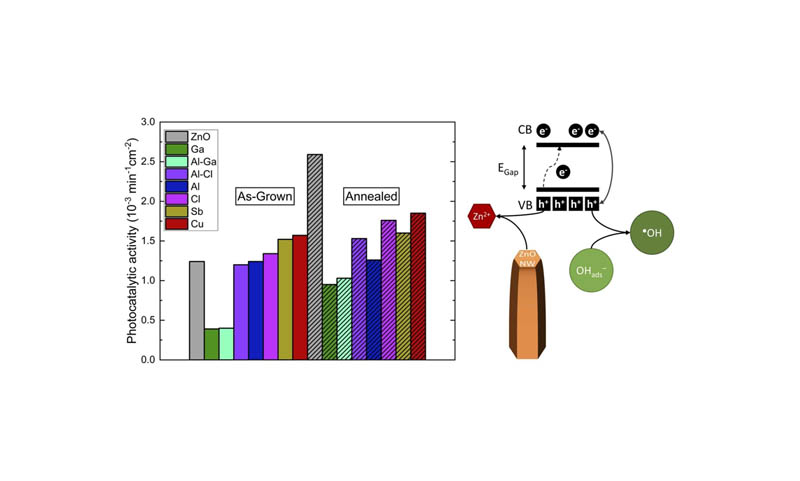Publication by Adrien Baillard from the NNS Team
The article entitled "Elucidating the Role of Dopants in the Photocatalysis of ZnO Nanowires for Enhanced Water Remediation: A Comprehensive Analysis Using Al, Ga, Cl, Cu, Sb, Al-Ga, and Al-Cl" has been published in Journal of Environmental Chemical Engineering.



